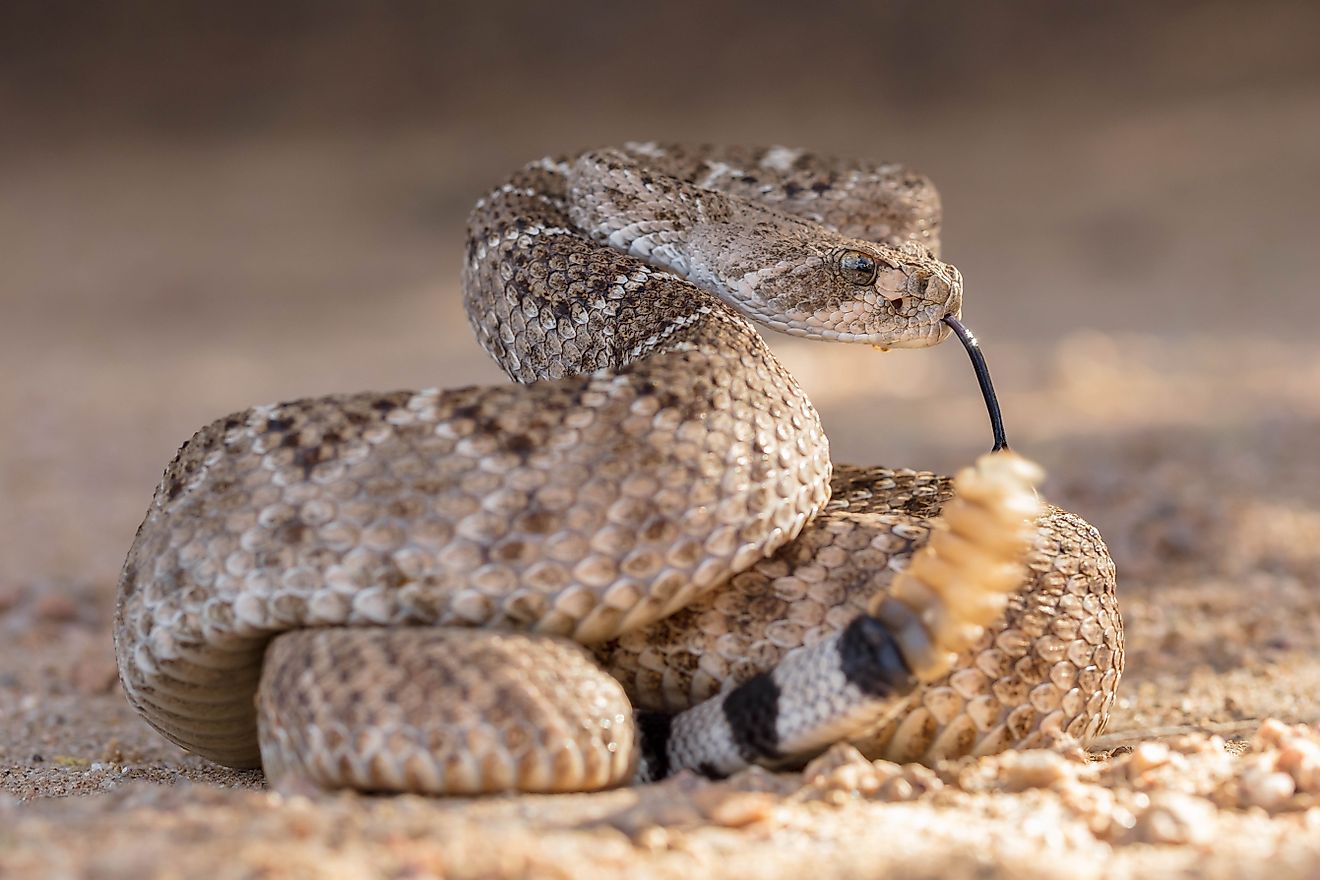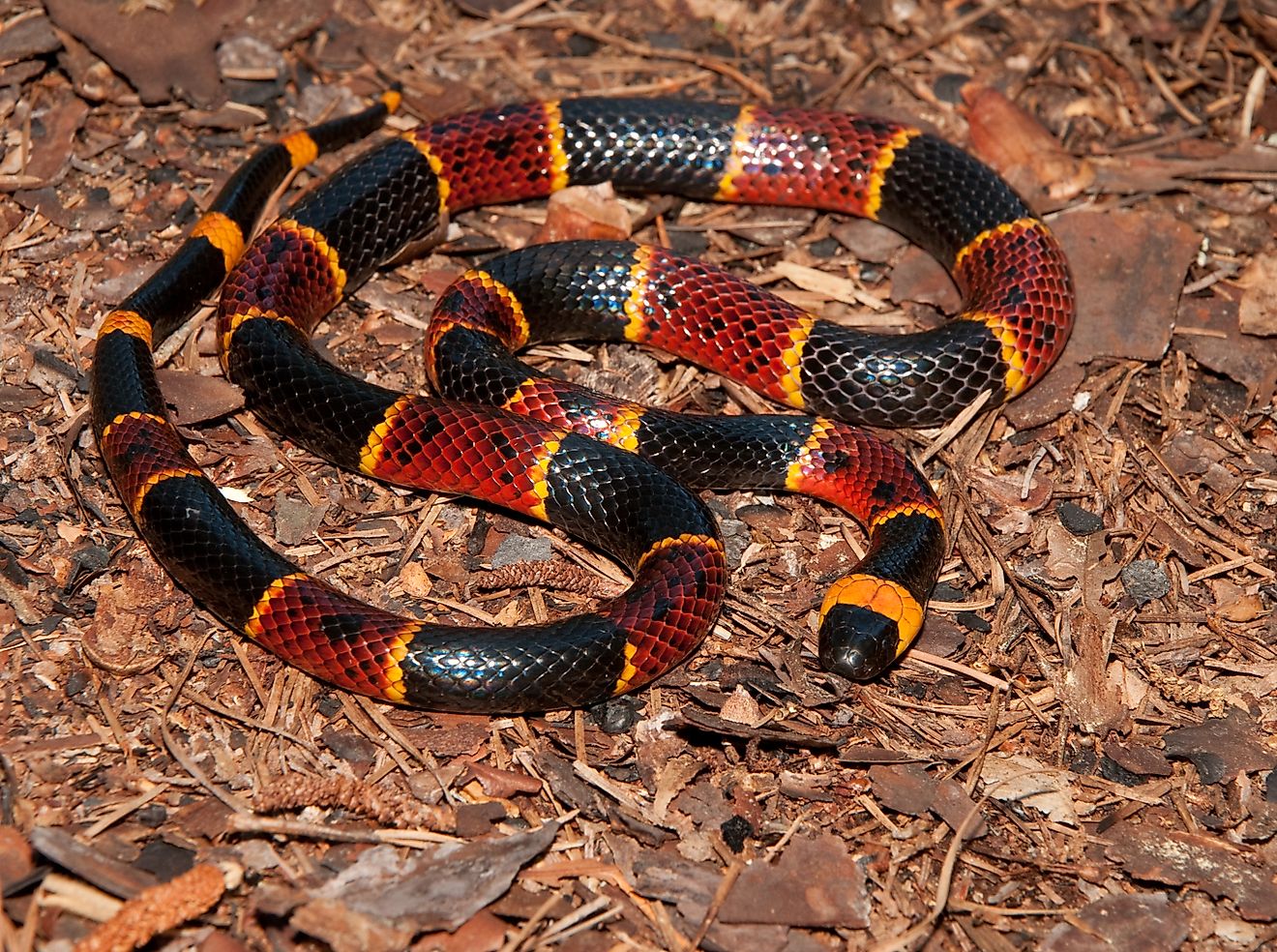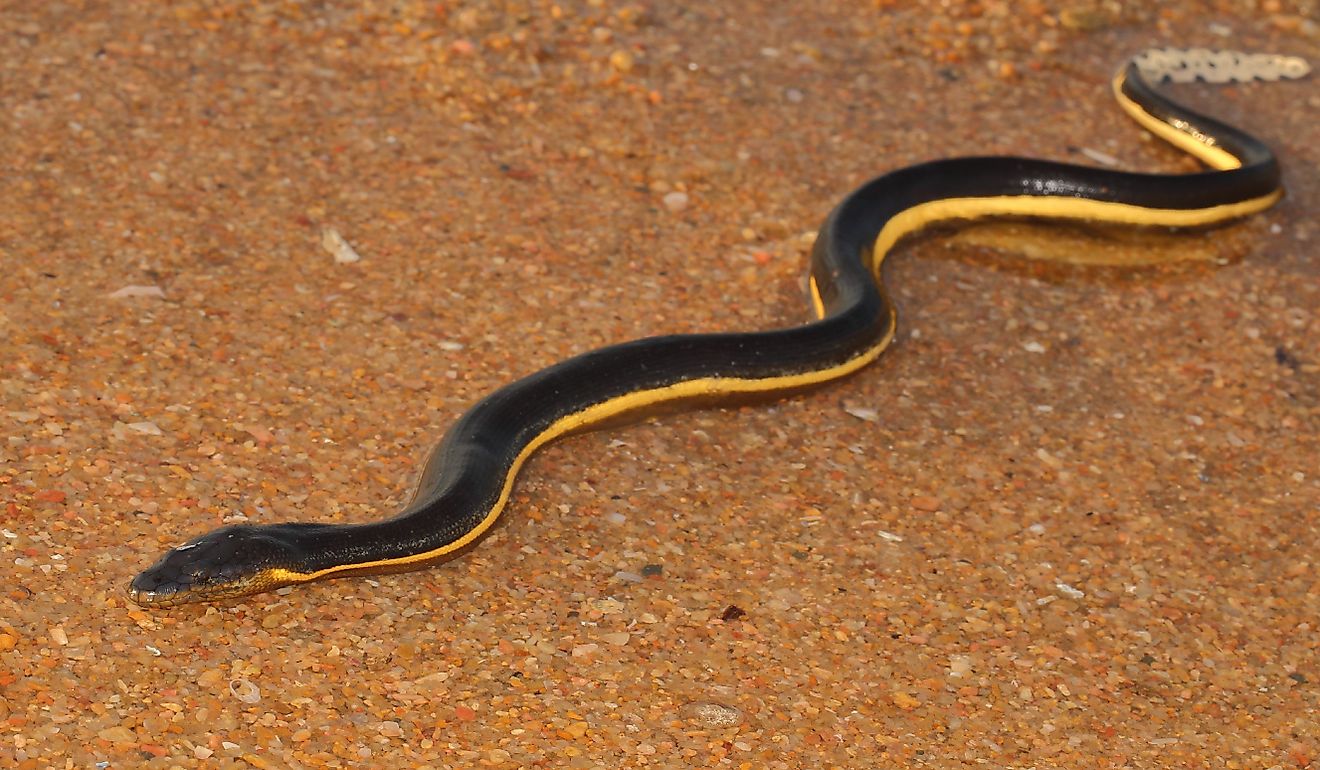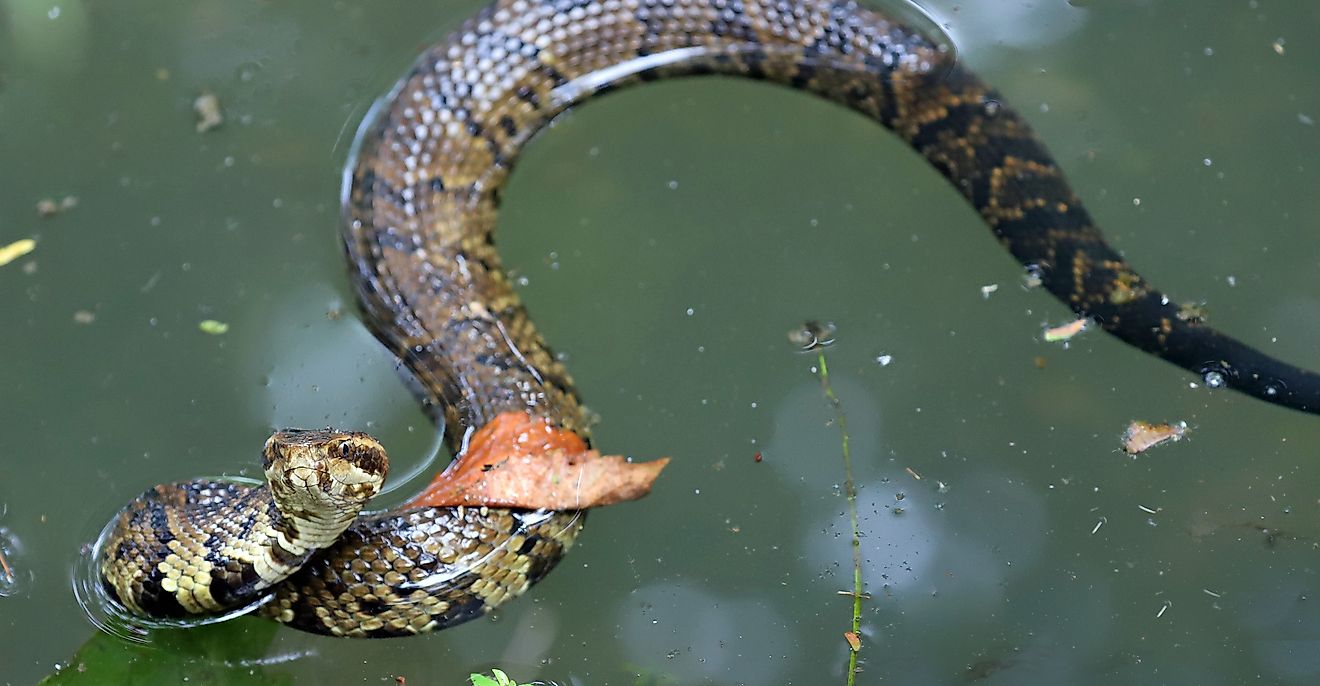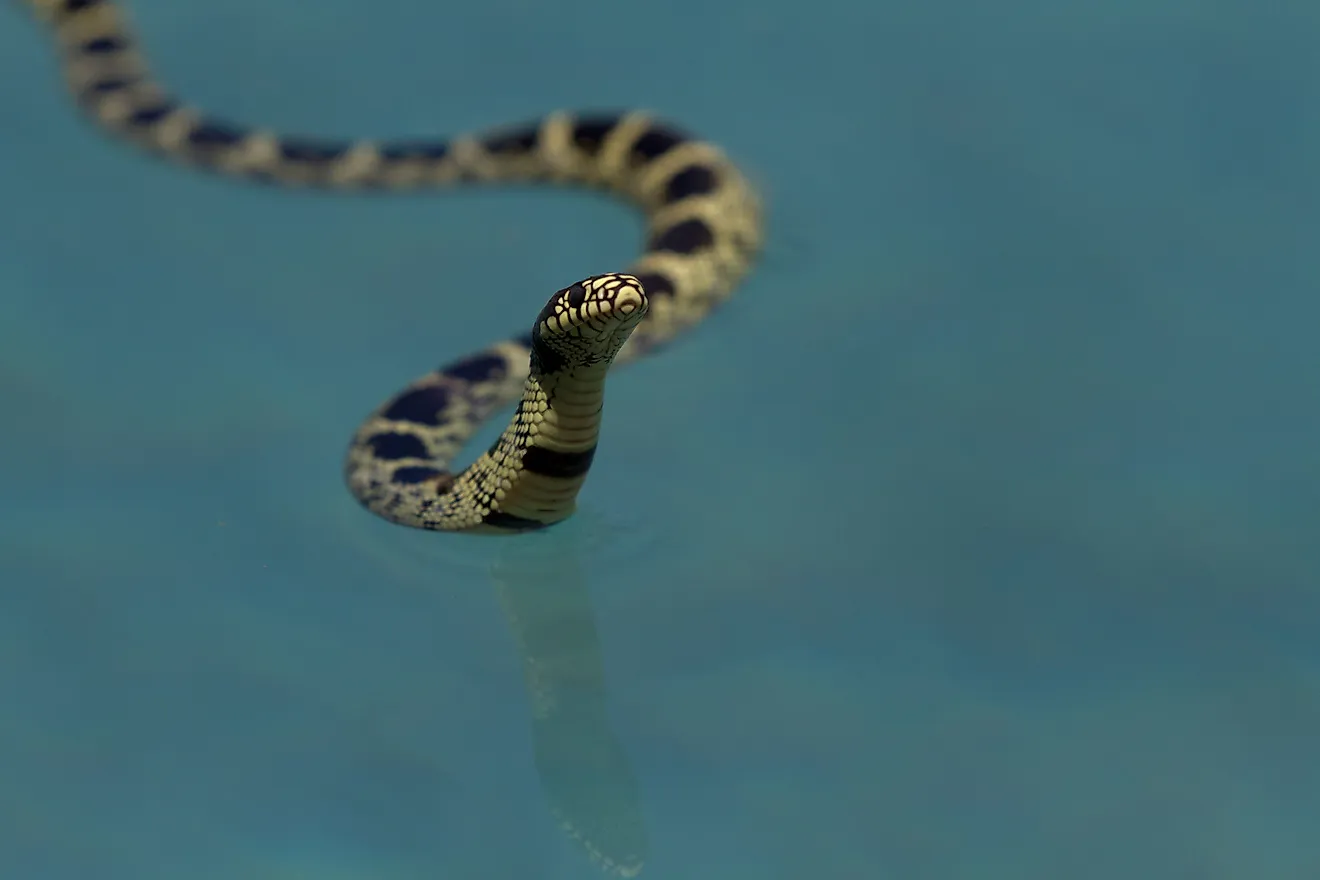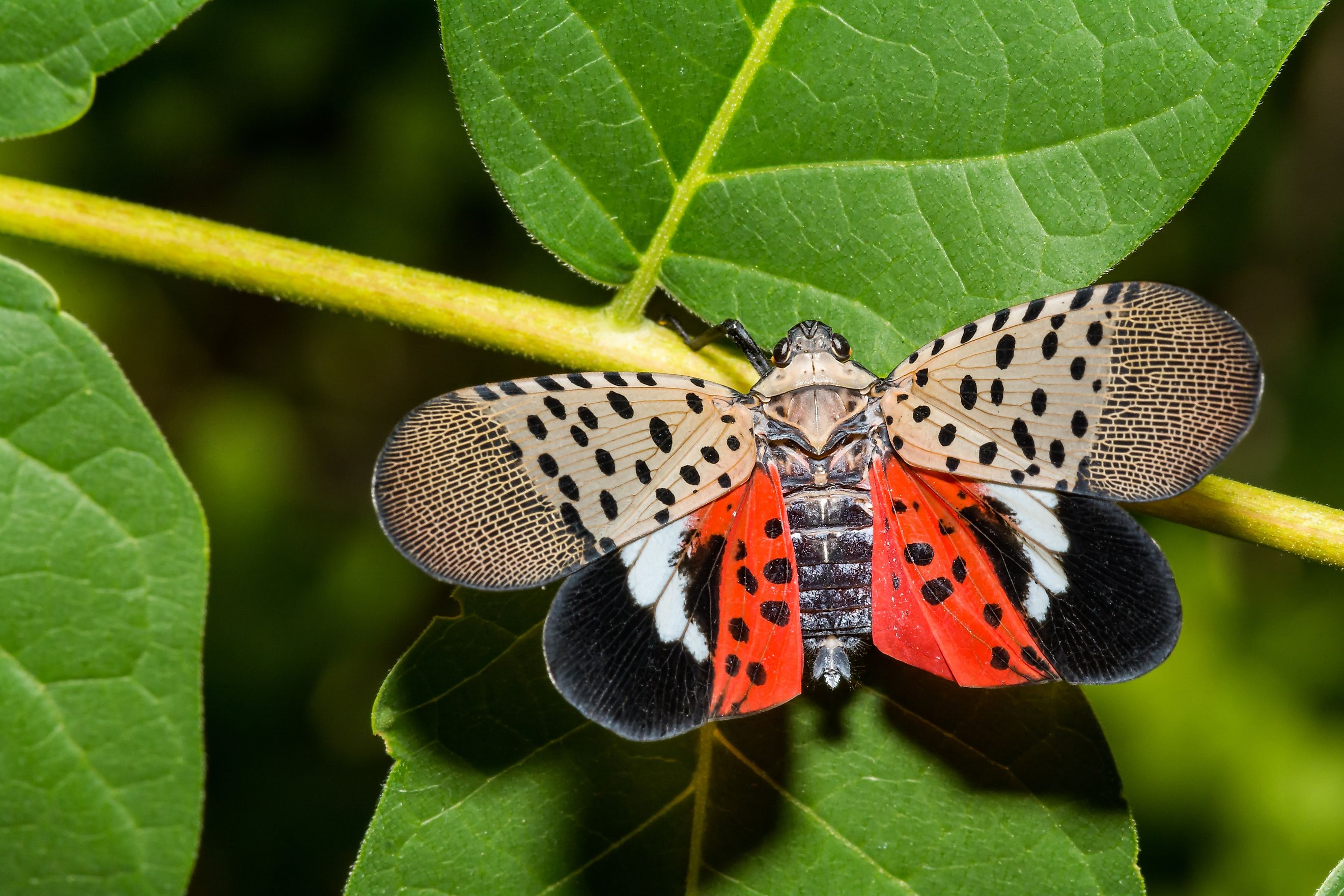
6 Most Dangerous Insects in Connecticut
Connecticut, a state renowned for its stunning landscapes, harbors a variety of insect species, some of which pose significant threats to human health. Among the most dangerous insects in Connecticut are mosquitoes, hornets, and wasps. Mosquitoes, notorious carriers of diseases like West Nile virus and Eastern Equine Encephalitis, thrive in areas with standing water.
Hornets, on the other hand, can cause swelling and life-threatening allergic reactions in some people. Wasps, though beneficial pollinators, can inflict painful stings, especially when their nests are disturbed. These dangerous insects, lurking in Connecticut's diverse ecosystems, serve as a stark reminder that even the most idyllic landscapes can harbor hidden dangers. With that, here are some of the most dangerous insects in Connecticut.
Yellowjackets
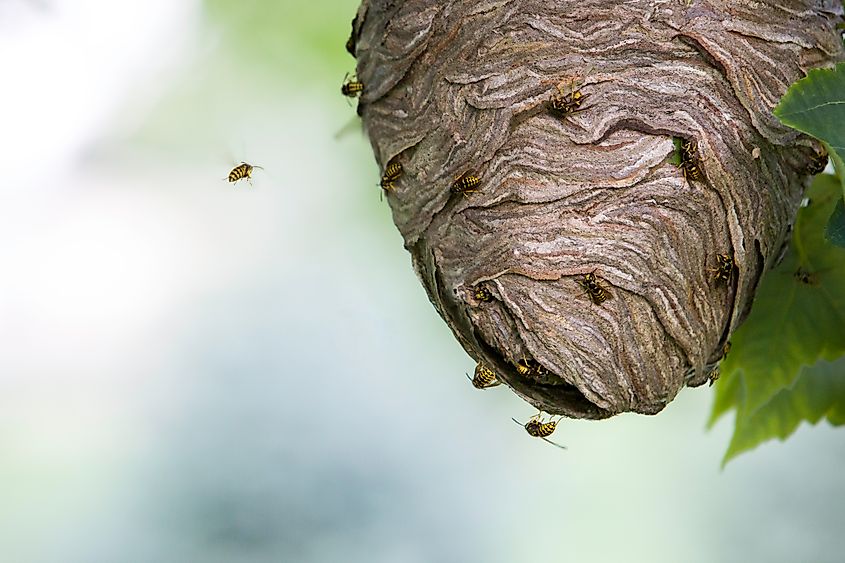
Yellowjackets, particularly the aggressive southern yellowjacket (Vespula squamosa), are becoming more common in Connecticut. These insects, with their black and yellow striped bodies, are known for painful stings and swarming behavior, threatening humans and pets.
Southern yellowjackets have been increasingly found in the Northeast, with their larger size and aggression making them particularly dangerous. In Avon, Connecticut, a dog tragically died from an allergic reaction after being stung. These yellowjackets can sting and bite, injecting venom that triggers severe allergic reactions.
They typically build nests underground, in wall voids, or on trees. In Connecticut, they are most commonly found in suburban and rural areas, particularly during late summer and fall when they are most active.
Bald-Faced Hornets
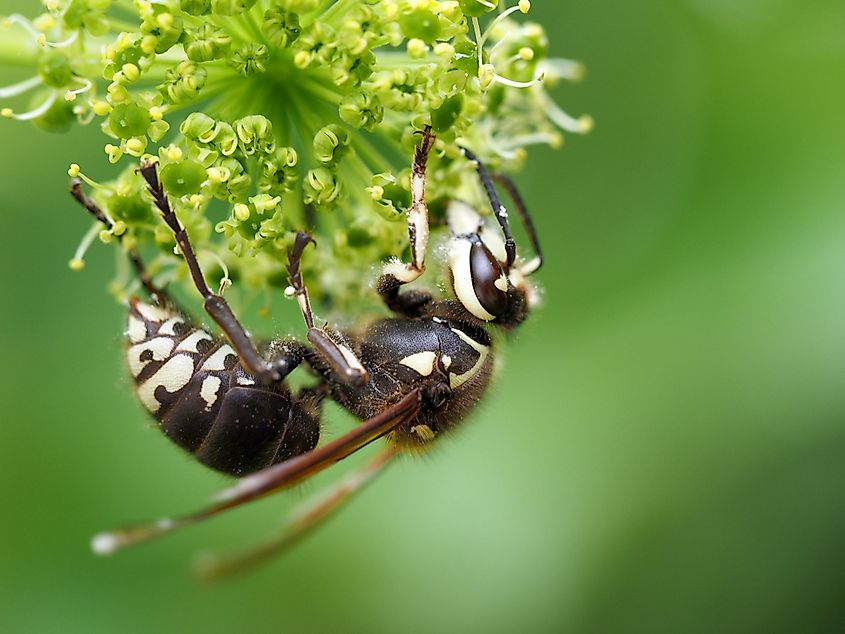
A closeup of a bald-faced hornet on the flower Dolichovespula maculata.
Bald-faced hornets, a type of wasp, are known for their aggressive nature and potent sting. These insects are easily identified by their black bodies with distinctive white markings on their face and abdomen and can grow up to an inch in length. Unlike yellowjackets, which nest underground, bald-faced hornets build large, pear-shaped papery nests high in trees, shrubs, or structures like eaves and utility poles.
These nests can house hundreds of hornets, making them highly noticeable and often intimidating. Bald-faced hornets are extremely territorial and will aggressively defend their nests against any perceived threat.
Their venom is potent, causing significant pain, swelling, and, in severe cases, life-threatening allergic reactions. In Connecticut, bald-faced hornets are widespread and commonly found in wooded areas, suburban neighborhoods, and near water sources like ponds and rivers.
Cockroaches
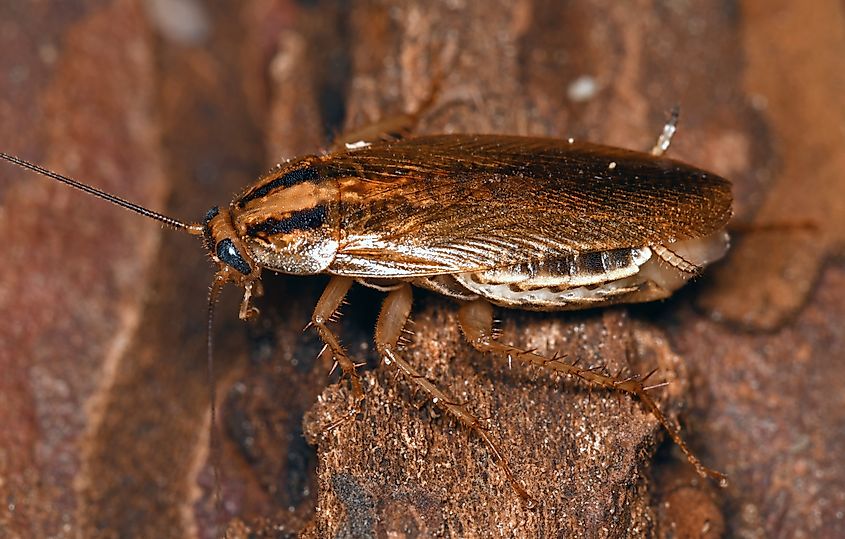
Blattella germanica (the German cockroach), a species of small cockroach. The German cockroach occurs widely in human buildings.
Cockroaches are a significant pest problem in Connecticut, particularly in urban areas. Common species include the German cockroach, known for its small size and reddish-brown coloration, and the larger American cockroach, distinguished by its yellowish figure-eight pattern. These insects are notorious for their unsanitary habits, scavenging for food in unsanitary locations, and spreading harmful bacteria like Salmonella and E. coli.
Their presence can also trigger allergies and asthma in susceptible individuals. Cockroaches are primarily indoor pests seeking warm, dark, and moist environments. They can be found in kitchens, and bathrooms, cracks and crevices in walls and floors, within appliances, and under sinks.
While cockroaches can be found throughout the state, infestations are more prevalent in urban areas like Hartford, New Haven, Bridgeport, and Stamford, where older buildings and high population density provide ideal conditions for their survival and reproduction.
Spotted Lanternfly
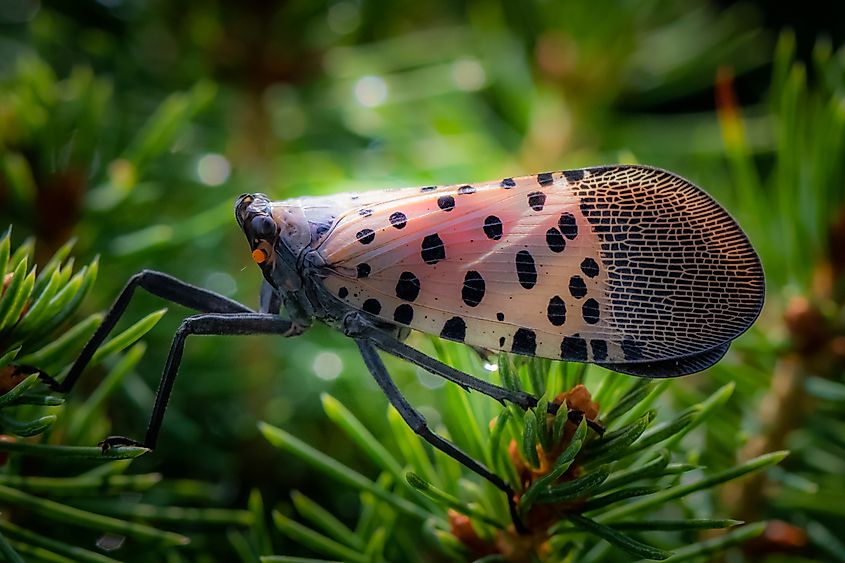
Portrait of a single spotted lanternfly in a natural background.
The spotted lanternfly is an invasive insect threatening Connecticut’s agriculture and environment. Native to Asia, this pest has spotted wings and a vibrant red color on its underside when it flies, making it easy to recognize. First detected in Farmington, Connecticut in 2018, the spotted lanternfly has since been found in other parts of the state. This invasive species likely arrived in the United States through imported goods.
Spotted lanternflies cause serious damage by feeding on trees and vines, weakening them and even causing death in severe cases. This behavior can damage crops, forests, and woodlands, posing a threat to Connecticut’s economy and natural habitats. In Connecticut, these insects are commonly found in areas with abundant plants, including vineyards, orchards, and forests.
Paper Wasps
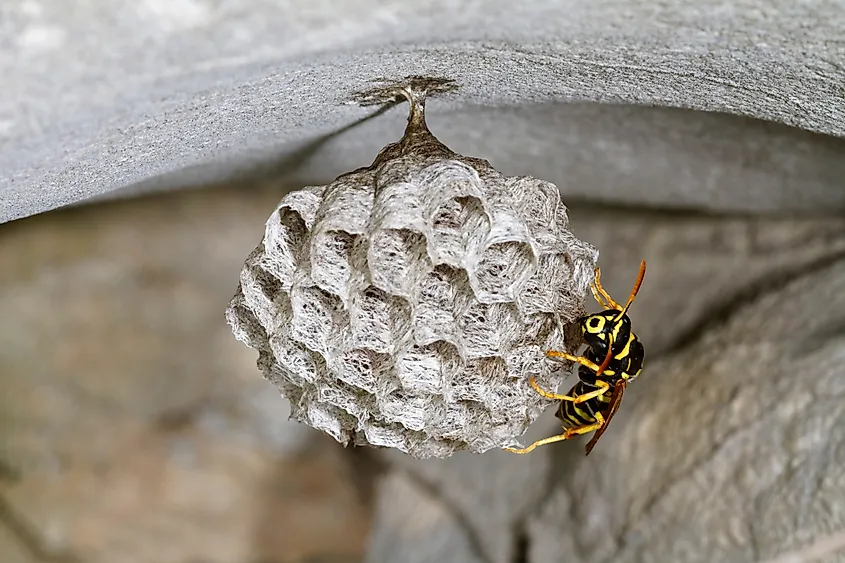
Paper wasp on the hanging nest.
Paper wasps are common in Connecticut during the warmer months. Two of the most notable species are Polistes carolina and Polistes rubiginosus, both rust-colored. They build distinctive papery nests hanging from eaves, under decks, or in trees. While not as aggressive as some stinging insects, paper wasps sting if they feel threatened or if their nest is disturbed.
Their stings can be painful and dangerous, especially for people with allergies. When provoked, they may swarm and deliver multiple stings. In Connecticut, paper wasps are active from spring through fall. They are widespread across the state, particularly in suburban neighborhoods and wooded areas where their nests are protected and close to food sources.
Mosquitoes

Culex pipiens Insect on leaf in garden. Mosquito image.
Mosquitoes are a common problem in Connecticut; some species can carry dangerous diseases. The most common types in the state include Culex pipiens, Aedes aegypti, and Aedes albopictus. The biggest concern with mosquitoes is their ability to spread diseases like West Nile virus, Eastern equine encephalitis (EEE), and Zika virus.
EEE is especially severe and can cause brain inflammation, as seen in the tragic case of Richard Pawulski, who died five years after being bitten in his backyard. Mosquitoes breed in standing water, making areas with ponds, marshes, puddles, and even small containers like birdbaths ideal for their development.
In Connecticut, they are most commonly found near wetlands, in backyards with standing water, and in parks. Their activity is highest during warm months, especially in areas with abundant water sources.
Conclusion
Connecticut’s beautiful landscapes are home to dangerous insects that can harm people and the environment. Aggressive yellowjackets, bald-faced hornets, and disease-carrying mosquitoes are common threats. Knowing where these insects live, how they behave, and the risks they pose is key to staying safe. Using insect repellent and wearing protective clothing are easy ways to reduce exposure and enjoy the outdoors safely.
